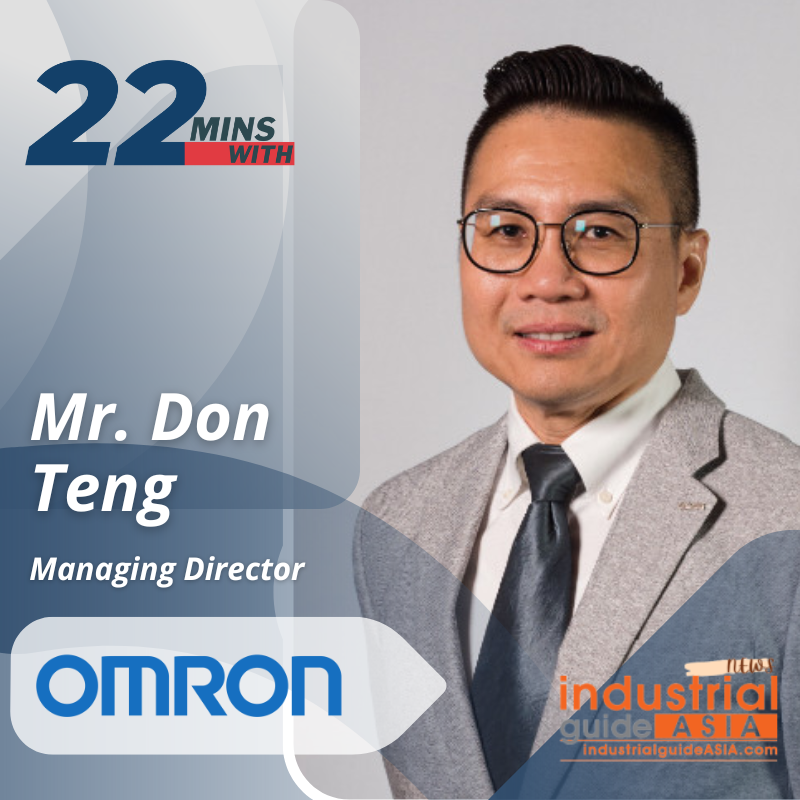
Demand for heating elements is on the rise as more and more steel producers realize the benefits of electric heating. Kanthal has the expertise and product range to meet the needs of today as well as the demands of tomorrow.
With the right materials, electric furnaces can do all the jobs done by gas-fired furnaces, but more cleanly, quietly and precisely. Kanthal’s metallurgical expertise dates back to 1931 when the invention of the Kanthal® FeCrAl alloy changed the playing field of electric heating forever. Today Kanthal has the market’s widest assortment of strip, wire, plate and bar.
“We have all the shapes and sizes that element and furnace builders require and a range of alloys for top-notch performance in all types of temperatures and heating environments,” says Daniel Lindgren, Global Product Manager, Industrial Materials, Kanthal.
UNIQUE ALLOY FOR HIGH TEMPERATURES
One thing that sets Kanthal apart from the competition is its unique powder-metallurgical Kanthal® APM alloy. It’s a dispersion-strengthened FeCrAl alloy for use at temperatures up to 1,425°C (2,642°F). The alloy is characterized by exceptionally good form stability and oxidation resistance.
“A common challenge for the steel industry when shifting from gas to electric heating is the need for higher power density, and Kanthal® APM is especially suited to meet that demand,” Lindgren says. “With Kanthal® APM, we are in a unique position to support the steel industry in this transition.”
Kanthal’s more standard FeCrAl and NiCr grades, Kanthal® and Nikrothal®, have also proved to perform better than competing materials. Kanthal’s “bash” tests, where materials are heated in cycles year after year until they fail, show that both Kanthal® and Nikrothal® last longer than other grades on the market.
Furthermore, the characteristics of Kanthal’s FeCrAl alloys make them an excellent choice for carburizing atmospheres, providing outstanding lifetime and virtually no carbon pickup into the material. The low density reduces weight and thermal mass, which gives faster heat-up times in batch processes. The alumina that forms on all Kanthal’s FeCrAl grades is very ductile and has low spallation, which also reduces contamination in heat treatment processes.
“Our materials last longer and require less service, which results in higher productivity and a lower total cost of ownership,” Lindgren says. “Our ability to provide better and more uniform quality is thanks to our integrated manufacturing process. We have control over the supply chain from the raw material to the finished product.”
Our materials last longer and require less service, which results in higher productivity and a lower total cost of ownership
Customers can also benefit from Kanthal’s global presence. “Element builders are often local companies,” Lindgren says. “We’re in tune with the local demands and can offer our customers a combination of personal service and the knowledge that comes from a large global support structure.”
THE ELECTRIFICATION JOURNEY HAS JUST BEGUN
Kanthal sees a bright future for element and electric furnace builders, as electricity supply from renewable sources increases worldwide. The steel industry still relies heavily for its heating processes on gas furnaces, with their large carbon footprint. With the ongoing shift to electric power, electrification of industrial heating processes is likely to soar.
“We are only at the beginning of the electrification journey and are entering an era of innovation where the industry is pushing the boundaries of heating element design,” Lindgren says. “With our strong R&D capabilities and our furnace labs for testing materials and designs for different heating environments, we are well positioned to support our customers on the journey ahead.”





.png)
%20(22).png)
%20(20).png)
%20(19).png)
%20(18).png)
%20(2).png)
%20(4).png)
%20(5).png)
%20(10).png)
.png)
%20(1).png)
%20(10).png)
%20(8).png)
%20(7).png)
%20(2).png)
.png)
%20(1).jpg)
%20(6).png)
%20(5).png)
%20(4).png)
%20(3).png)
%20(1).png)
.png)



.png)

%20(1).png)
.png)
.png)
%20(2).png)
.png)

.png)












